In other languages
Click the pictures for larger images.
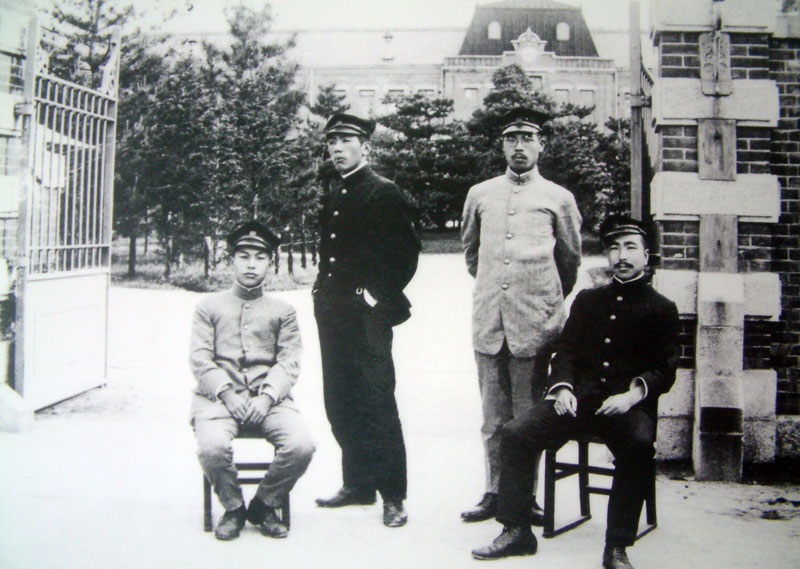 | Students by the Main Gate
|
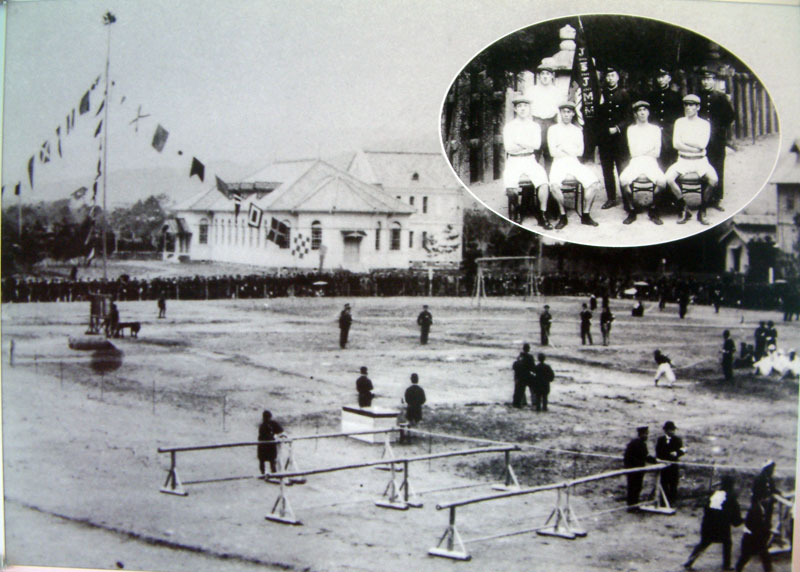 | Track and field games
|
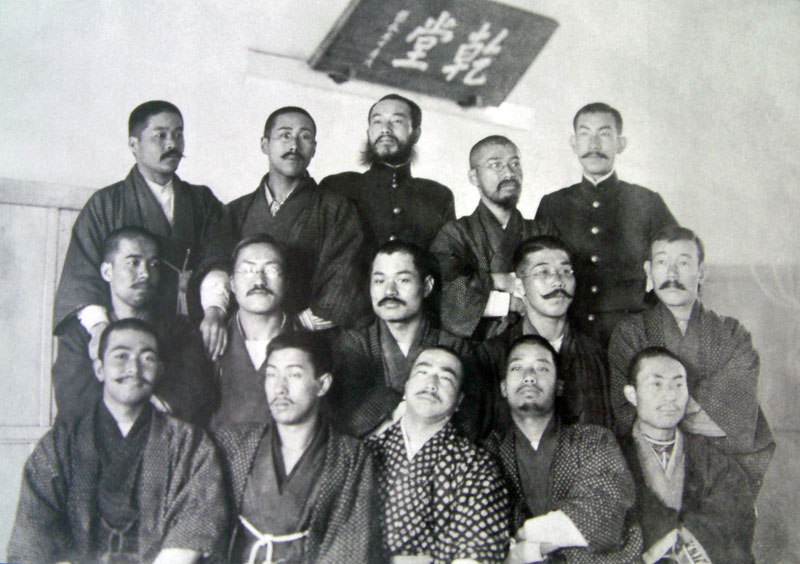 | "Mustache Party"
|
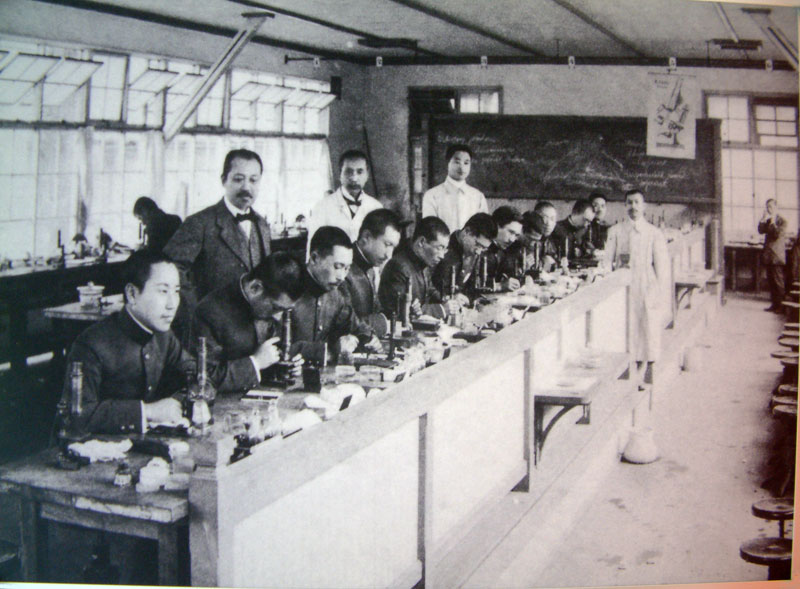 | Tissue lab at the College of Medicine
|
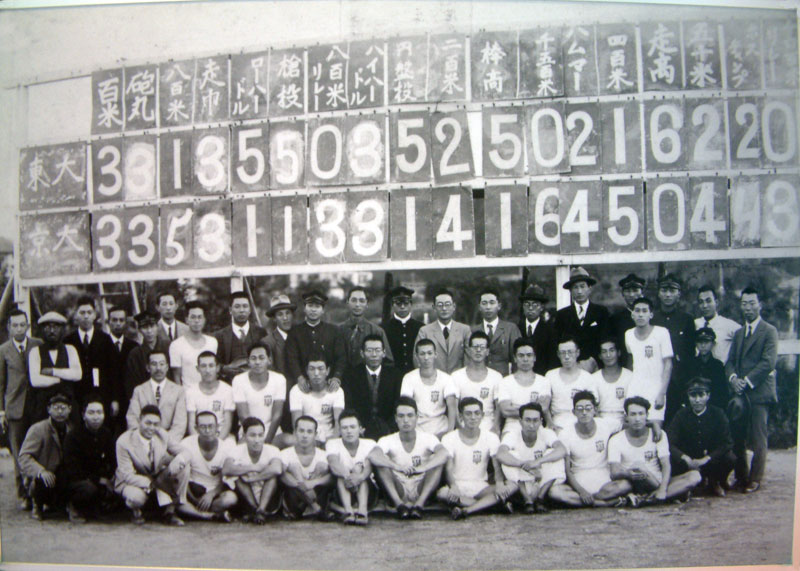 | Track and field games against Tokyo Imperial University
|
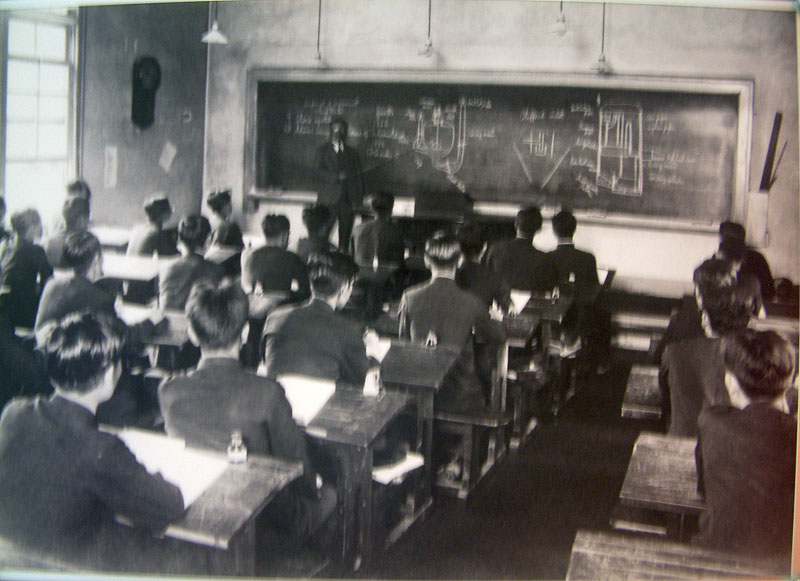 | Civil Engineering class at the Faculty of Engineering
|
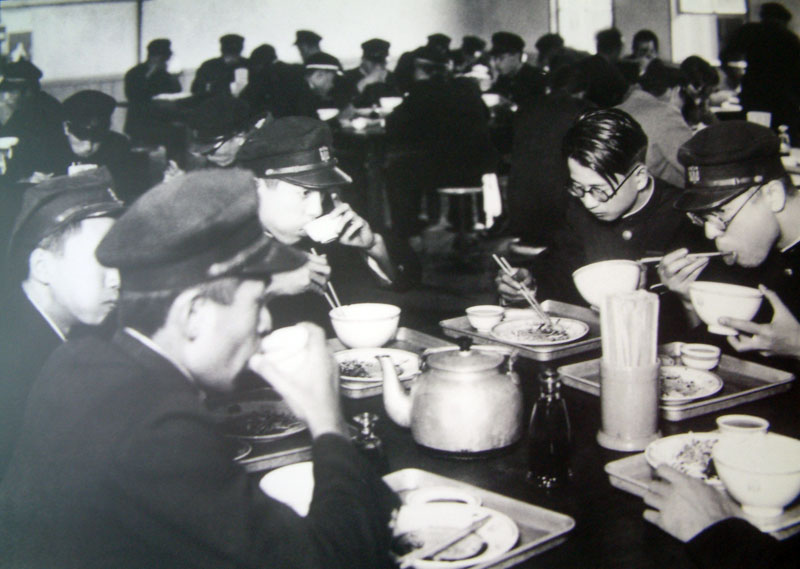 | Student canteen
|
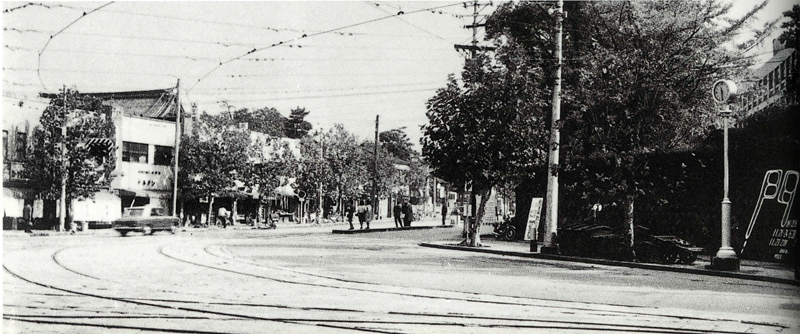 | Hyakumanben intersection
|
Activities and loss of the Atomic Bomb Disaster Survey Team
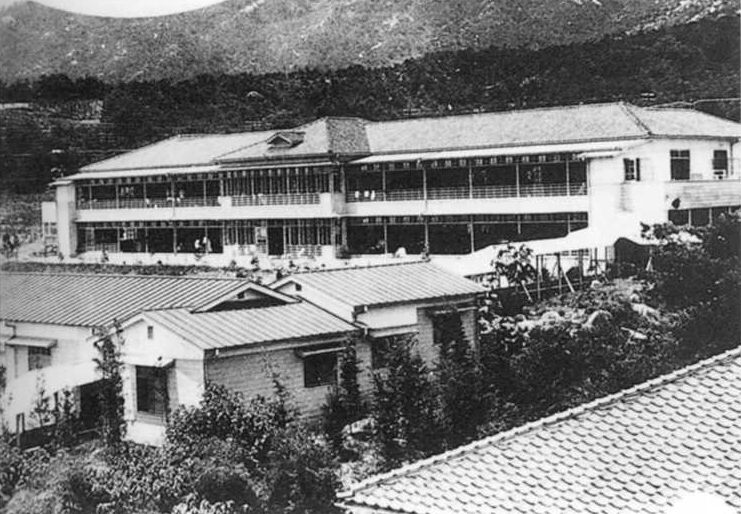 | The Ohno Army Hospital where the survey team was headquartered
|
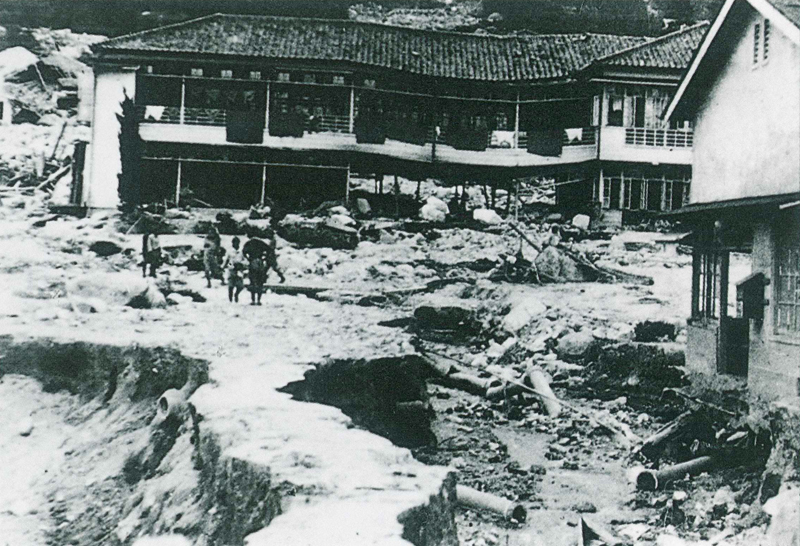 | Ohno Military Hospital destroyed by a mountain avalanche
|
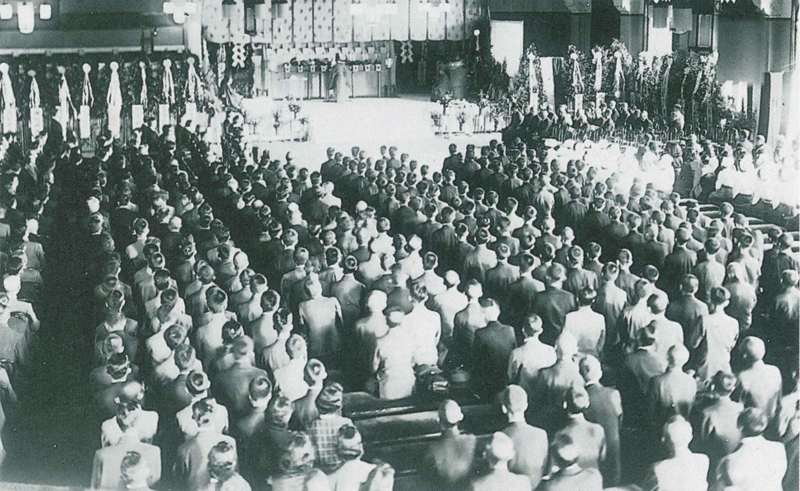 | University memorial service for the survey team
|
 | Monument for Kyoto University atomic bomb disaster survey group accident |
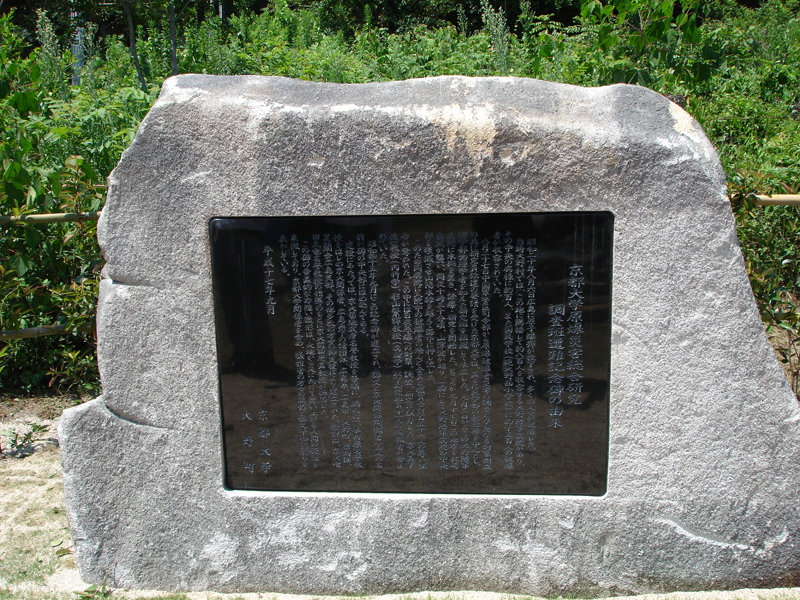 | Monument explanation plague |
(from Kyoto University Archives)

